In the 1950s, the U.S. Navy backed a bold attempt to put supersonic jets on aircraft carriers with the Douglas F5D Skylancer. A follow-up to the F4D Skyray, this futuristic jet had the power and speed to compete with the best—and was built specifically for the challenges of carrier launches and landings. But despite promising early tests, it never reached full deployment.
Built for Speed, Designed for the Deck
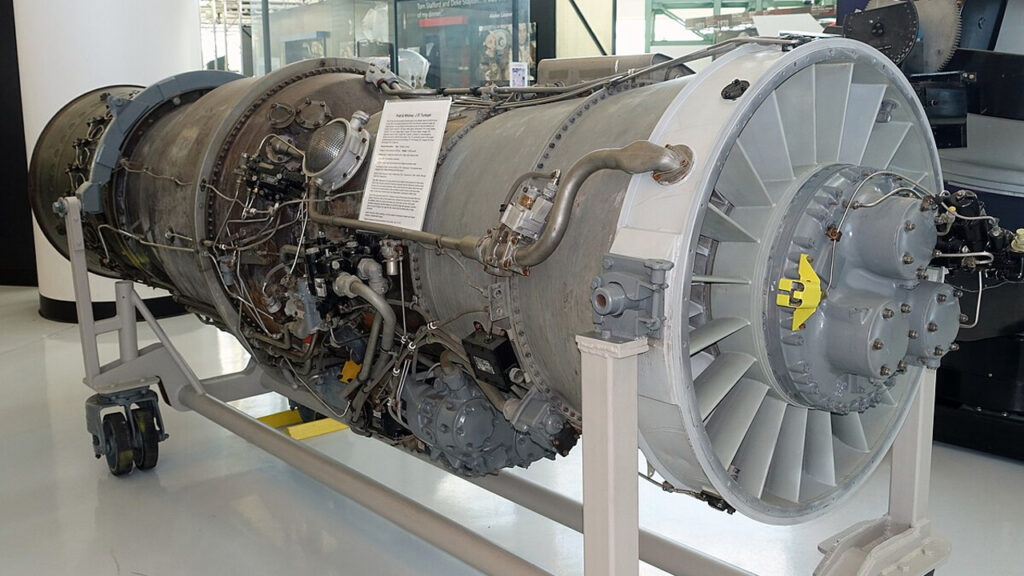
The Skylancer’s body was long and sleek, with sharply swept wings and a streamlined nose to reduce drag. It was powered by a Pratt & Whitney J57 turbojet, giving it speeds above Mach 1. Reinforced landing gear, arrestor hook systems, and catapult attachments made it fully capable of launching from and recovering on Navy carriers. As Military Factory records show, its performance exceeded expectations in early test flights.
With cutting-edge avionics and a solid supersonic profile, the F5D looked like the Navy’s next-generation interceptor. But technology was moving fast—and so were competing programs.
Passed Over for Something Flashier
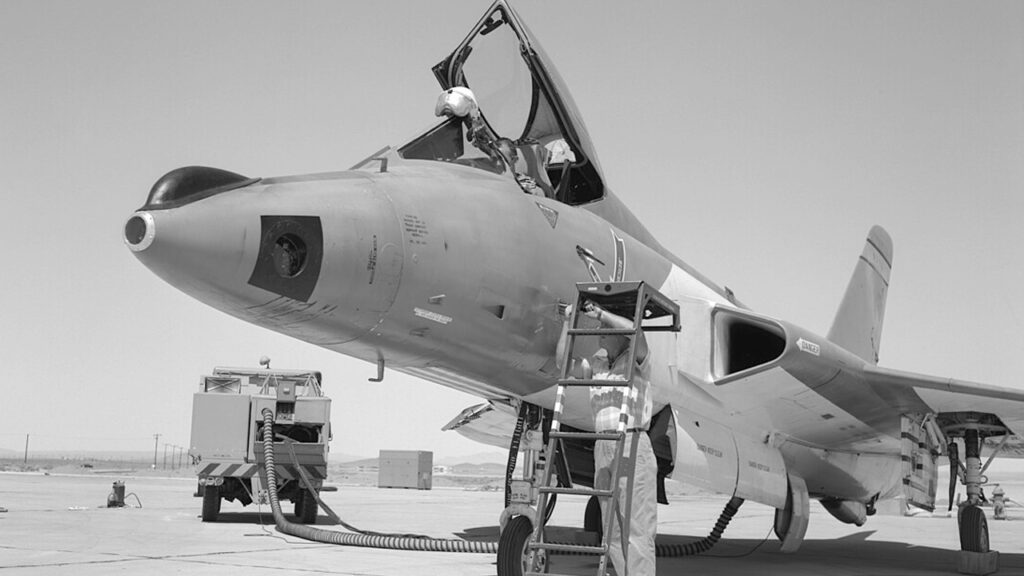
While the Skylancer impressed on paper and in tests, it arrived just as the Navy was falling in love with newer, more versatile platforms like the F-8 Crusader. Budget pressures and shifting defense priorities meant the Navy had to pick winners early, and the Skylancer didn’t make the cut.
According to Military Matters, it was quietly phased out in favor of projects that promised longer-term capabilities, even though it had proven itself in the air.
A New Life in Space Research
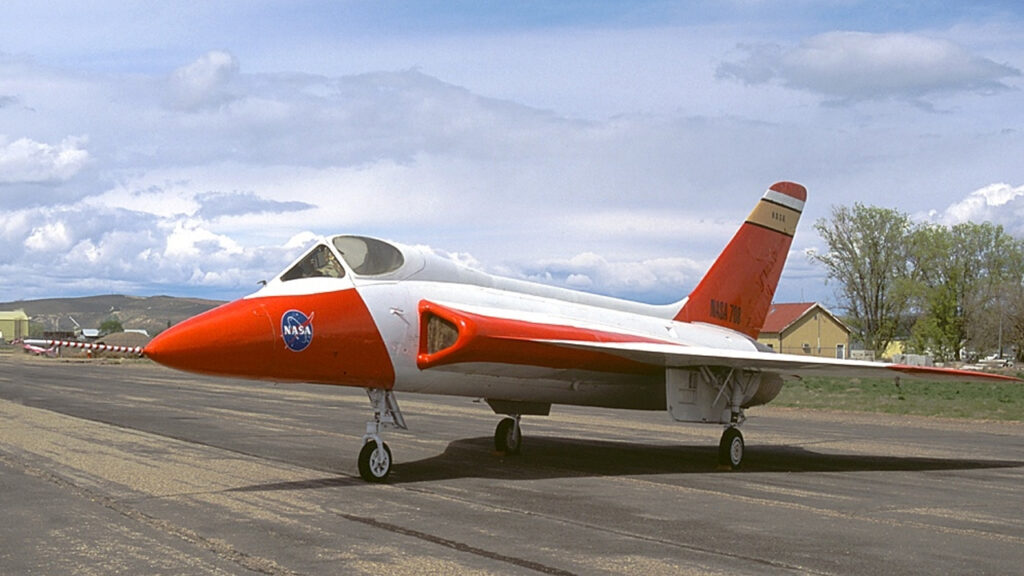
Rather than sending the Skylancer to the scrapyard, NASA repurposed the aircraft for high-speed flight testing. Two surviving prototypes were used in experimental studies that contributed to the development of the X-15 program and later reusable space systems. The jet helped gather data on aerodynamics and control at transonic speeds, and it flew research missions well into the 1960s.
As detailed by NASA, the aircraft’s contributions didn’t stop at supersonic flight—they pushed aerospace boundaries in unexpected ways.
Today, one F5D is preserved in a museum, a relic of what could’ve been the Navy’s sleekest supersonic carrier jet—if only the timing had been different.


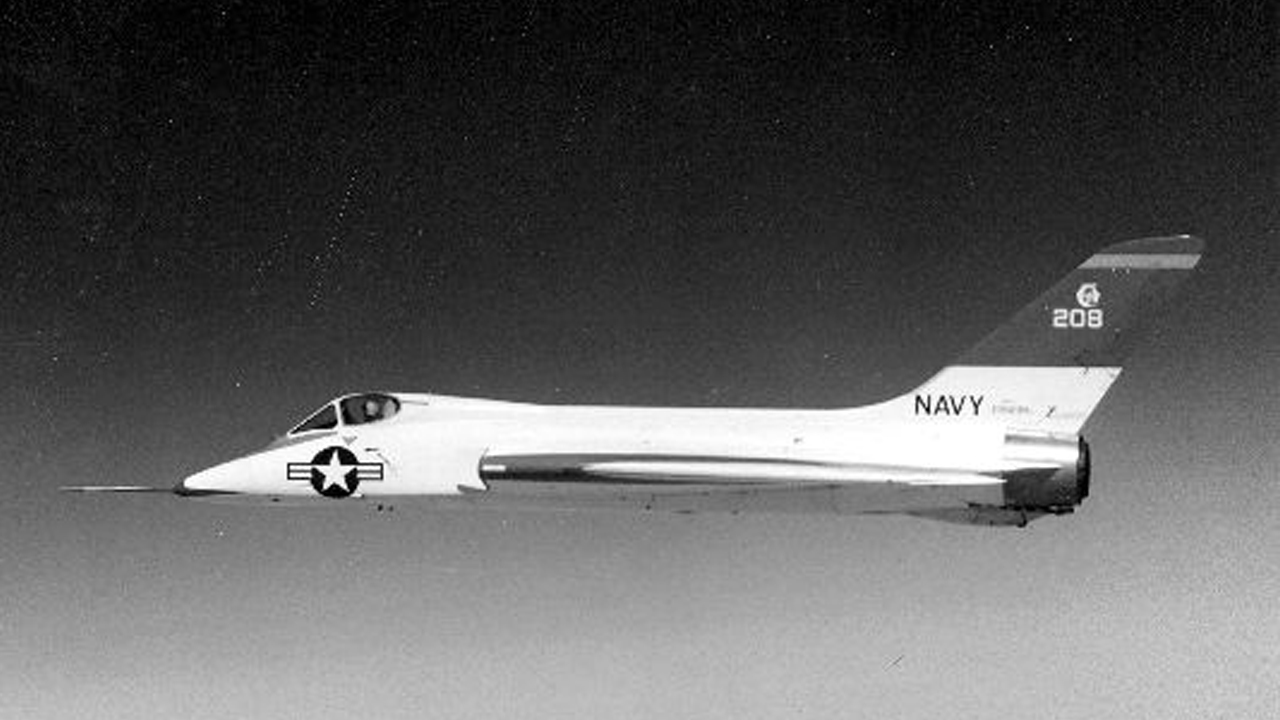

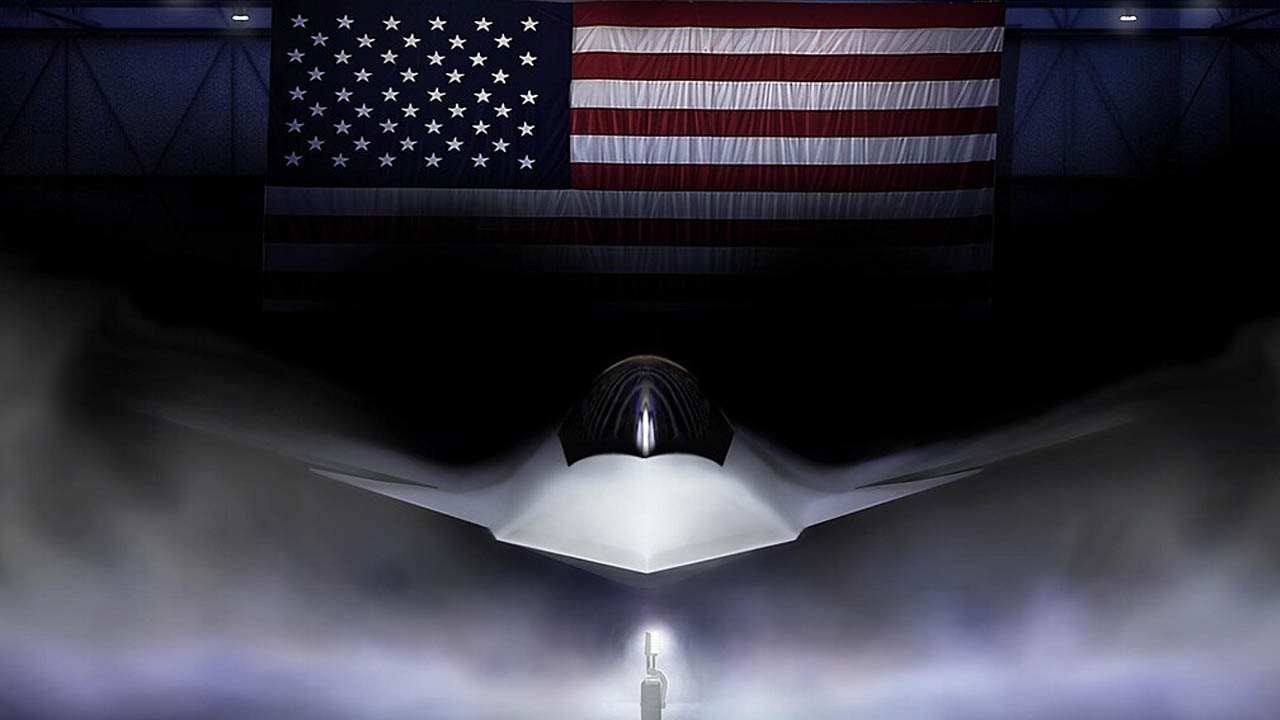
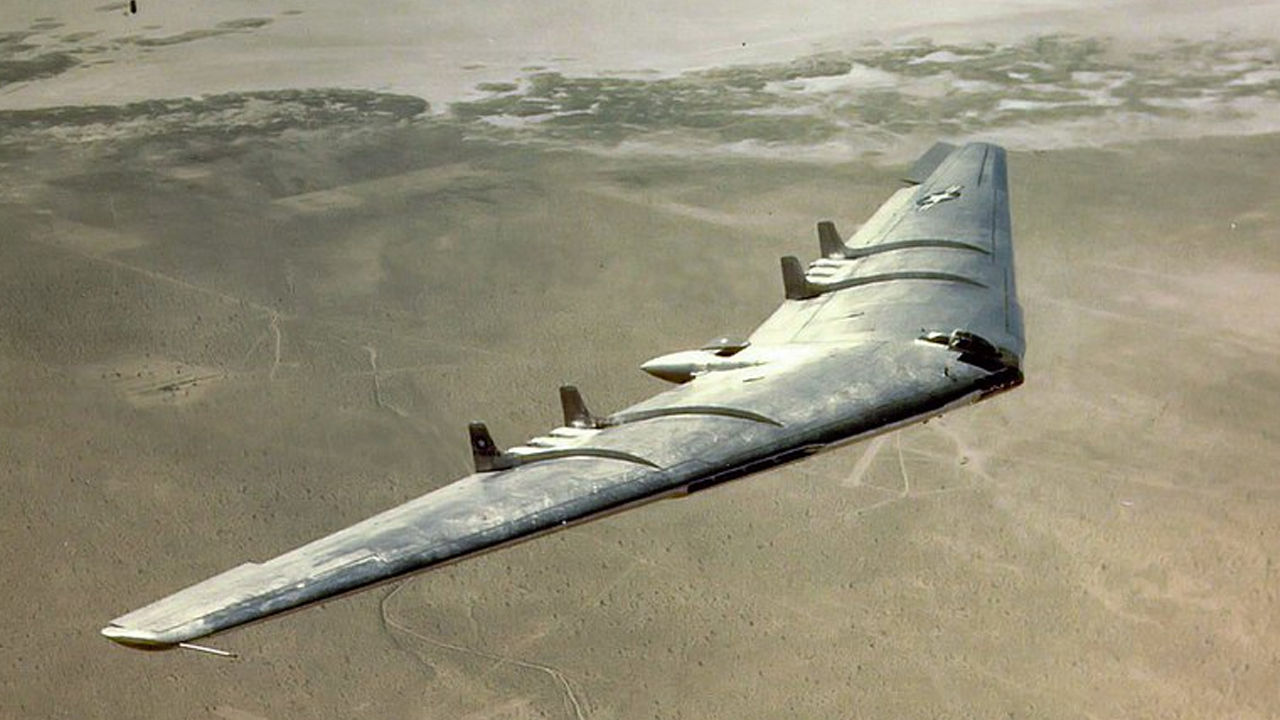
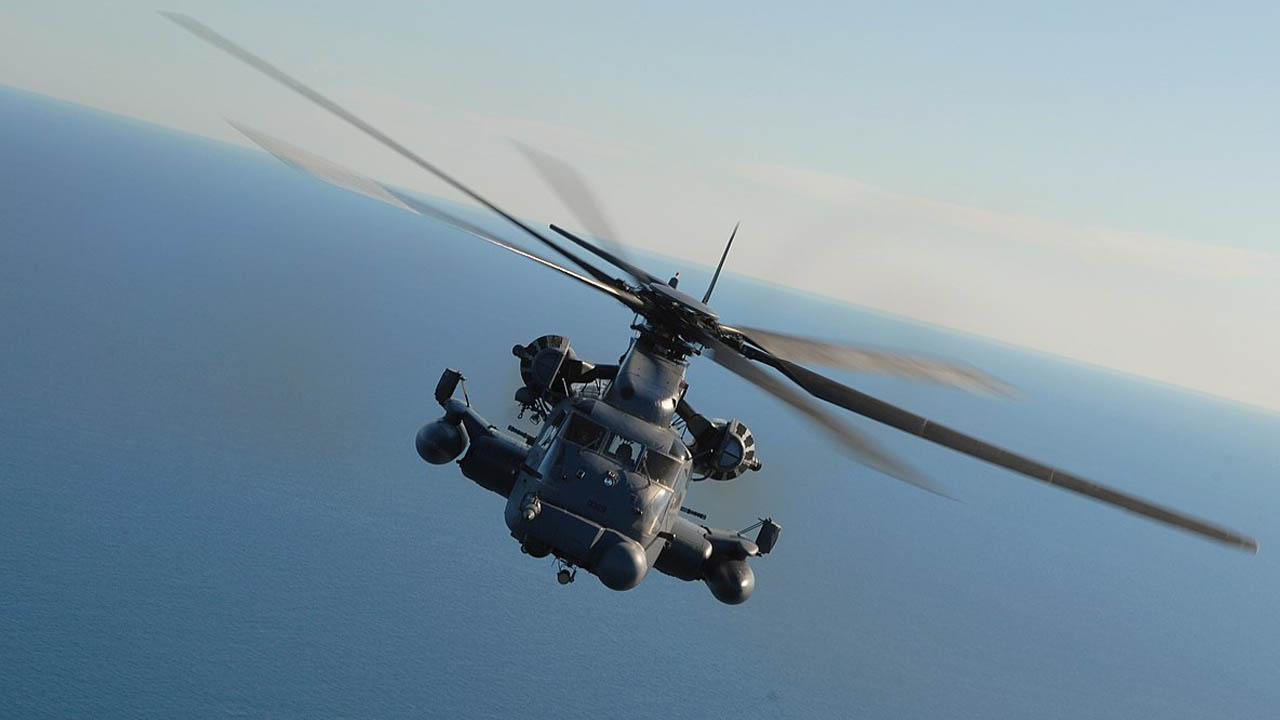
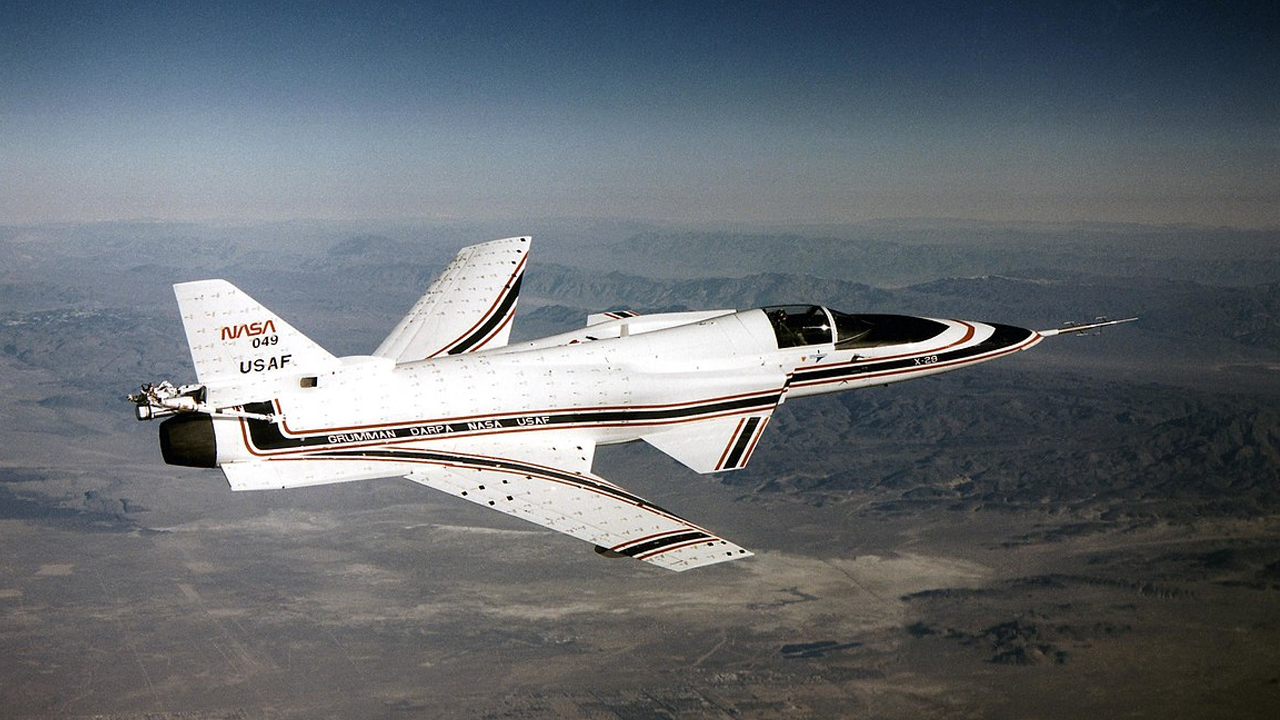
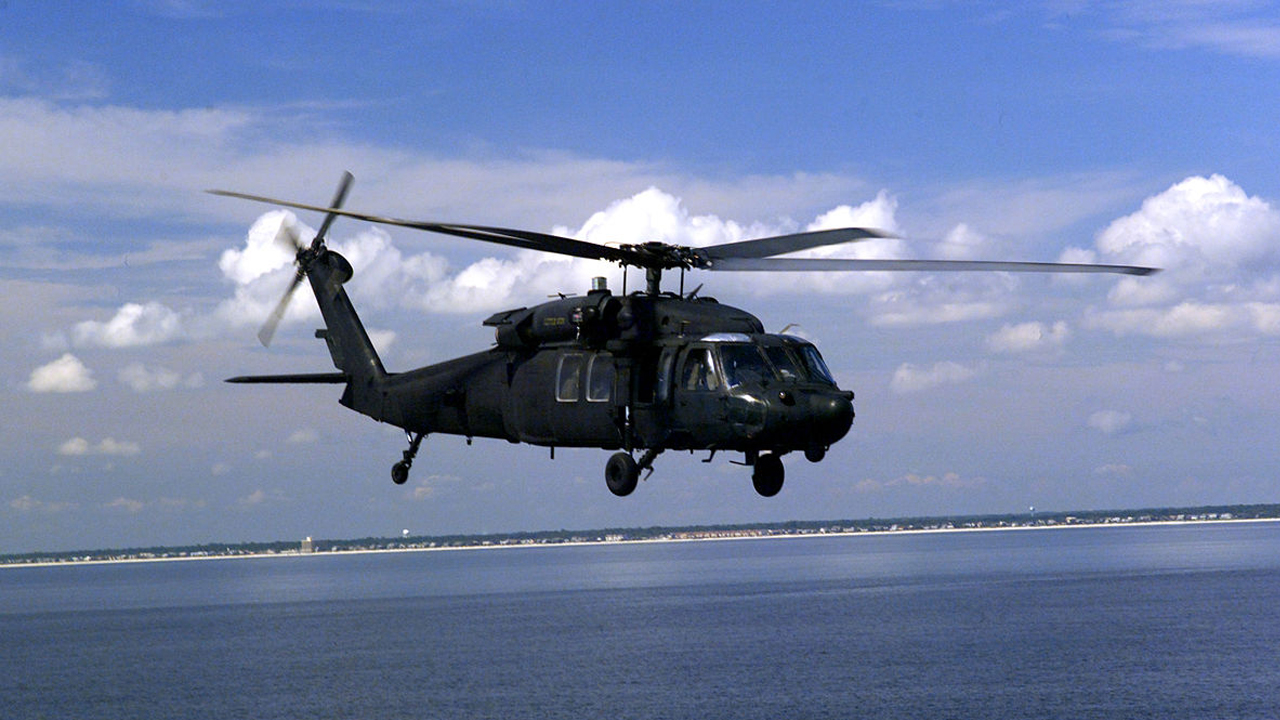
Leave a Reply